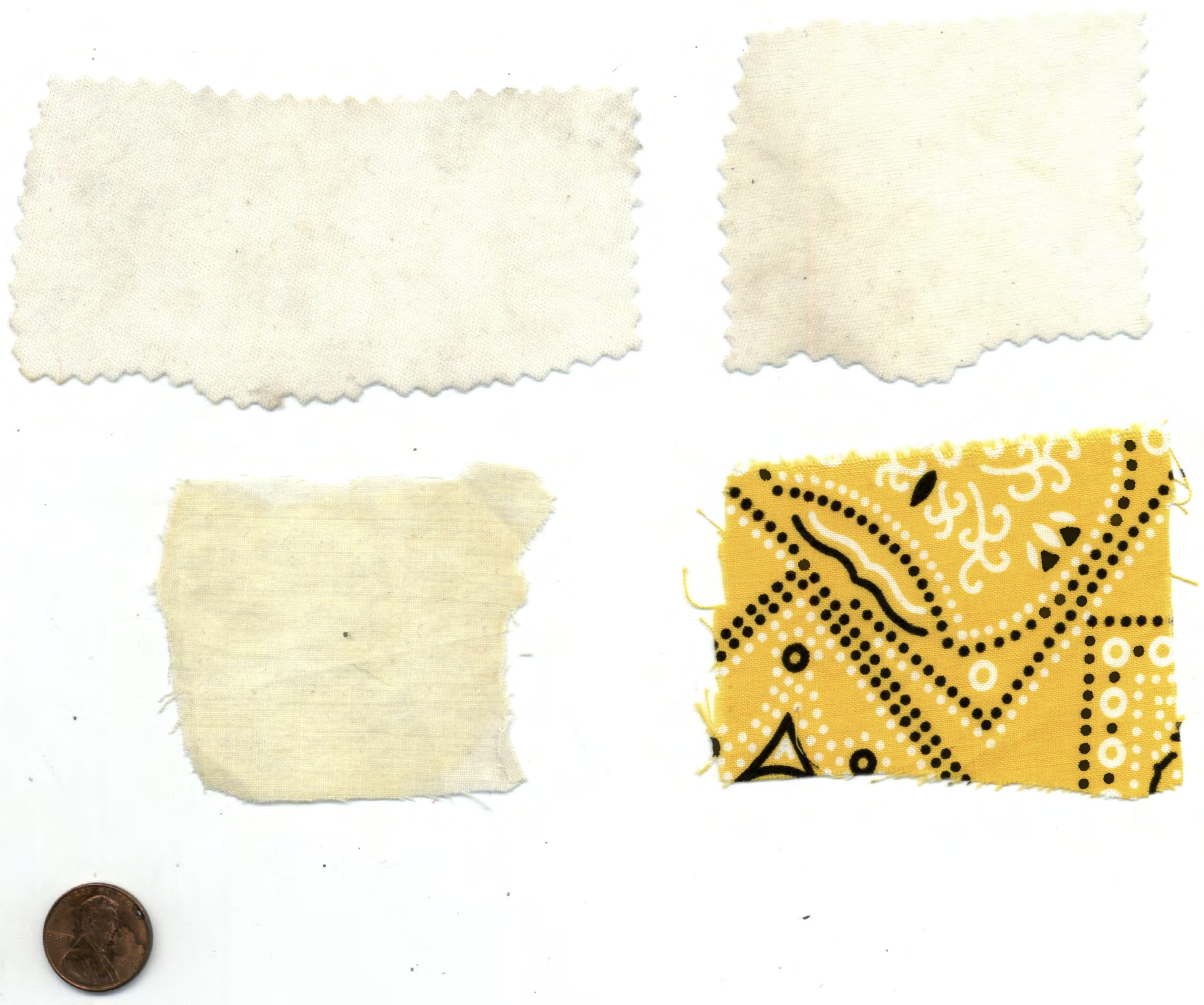[Editor’s Note: This essay resides within Anderson Blanton’s “The Materiality of Prayer,” a portal into Reverberations’ unfolding compendium of resources related to the study of prayer.]
Simple wood-block print holy cards existed as early as the mid-fifteenth century, but it was the introduction of lithography at the end of the eighteenth century along with advances in modern printing that made possible the mass reproduction of holy cards and their wide distribution throughout the Catholic world in the modern era. Holy cards were everywhere in Catholic culture; they were one of the essential media of Catholic piety and social life. From the nineteenth to the mid-twentieth centuries, the cards shared a common devotional aesthetic. Jesus, the Blessed Mother, and the saints were depicted in warm colors, rich blues, reds, and browns that heightened the drama and emotional intensity of the imagery. The holy figures looked out from the cards at human affairs with plangent sympathy and concern.
Catholicism is a culture of sacred presence. Relics of saints (pieces of their bodies or objects touched to their bodies); water, soil, or other matter associated with sites of miraculous events; statues, images and crucifixes are all media of presence. (This is not an exhaustive list!) Holy cards belonged to this culture of presence too. This was most obvious in the case of cards that came with a miniscule relic affixed to them and visible in a small transparent window cut into the paper.  One of the most popular holy cards of the twentieth century showed the southern Italian stigmatic Padre (now Santo) Pio, saying mass, his bloody hands folded in prayer, and included a tiny piece of stained fabric that had been touched to his wounds. But all holy cards were media of presence. The devout kissed them; they held them while they prayed; the cards were exchanged from hand to hand; they were tucked into the frames of bedroom mirrors and taped to walls. They were used in the making of household shrines. Holy cards were carried into all the spaces of the modern world, onto battlefields in soldiers’ pockets, for example, into industrial and post-industrial workplaces, and especially into hospitals.
One of the most popular holy cards of the twentieth century showed the southern Italian stigmatic Padre (now Santo) Pio, saying mass, his bloody hands folded in prayer, and included a tiny piece of stained fabric that had been touched to his wounds. But all holy cards were media of presence. The devout kissed them; they held them while they prayed; the cards were exchanged from hand to hand; they were tucked into the frames of bedroom mirrors and taped to walls. They were used in the making of household shrines. Holy cards were carried into all the spaces of the modern world, onto battlefields in soldiers’ pockets, for example, into industrial and post-industrial workplaces, and especially into hospitals.





